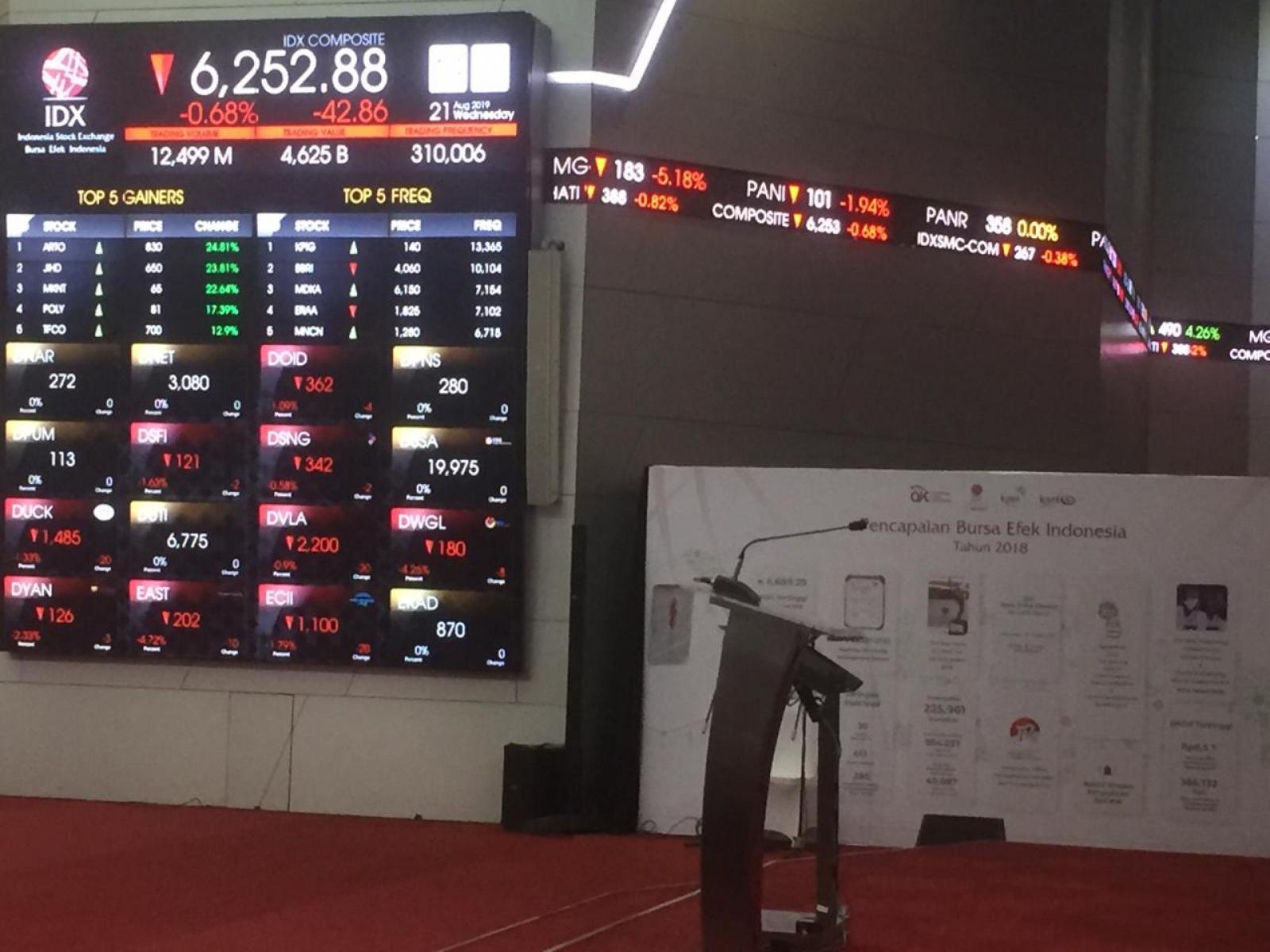
European stocks are likely to open higher on Thursday as easing inflation led investors to price two U.S. rate cuts in 2024.
According to CME FedWatch, over 50 percent of traders are pricing in a rate cut in September.
Asian markets traded sharply higher after all three major U.S. averages notched record closing highs overnight.
Australian and New Zealand markets led regional gains as government bonds rallied.
Japanese shares traded notably higher despite the economy contracting more than expected in the first quarter of 2024.
A weaker dollar helped gold prices push higher close to $2,400 per ounce. Oil prices rose after data showed a bigger-than-expected draw in commercial crude stockpiles.
Trading later in the day may be impacted by reaction to another slew of U.S. economic data, including reports on weekly jobless claims, industrial production and import and export prices.
U.S. stocks rose sharply overnight as April retail sales unexpectedly came in flat, consumer prices rose less than expected and the core CPI slowed - boosting hopes for interest rate cuts by the Federal Reserve in the near future.
Treasury yields dipped as data showed consumer prices increased by 0.3 percent in April after rising by 0.4 percent in March. Economists had expected consumer prices to climb by another 0.4 percent. On an annual basis, the CPI slowed to 3.4 percent 3.5 percent, matching expectations.
Core inflation decelerated from 3.8 percent to 3.6 percent, marking the lowest reading ex-food and energy since April 2021.
The S&P 500 climbed 1.2 percent to break above 5,300 for the first time and the Dow rose 0.9 percent closer to the 40,000 milestone while the tech-heavy Nasdaq Composite surged 1.4 percent.
European stocks closed broadly higher on Wednesday as investors cheered the cooler-than-expected U.S. inflation print as well as encouraging Eurozone industrial production and GDP figures.
The pan European STOXX 600 gained 0.6 percent. The German DAX climbed 0.8 percent, while France\'s CAC 40 and the U.K.\'s FTSE 100 both edged up 0.2 percent.





